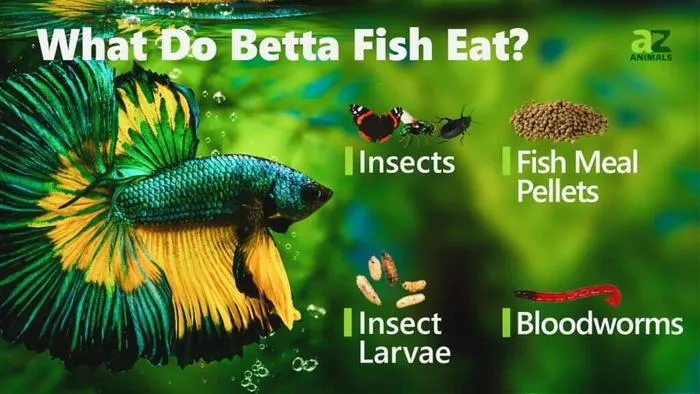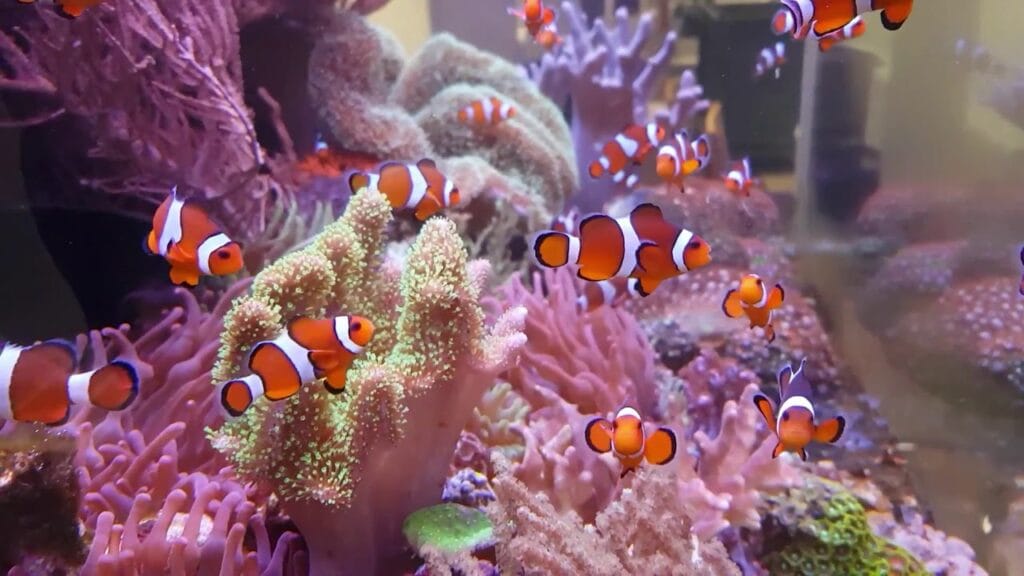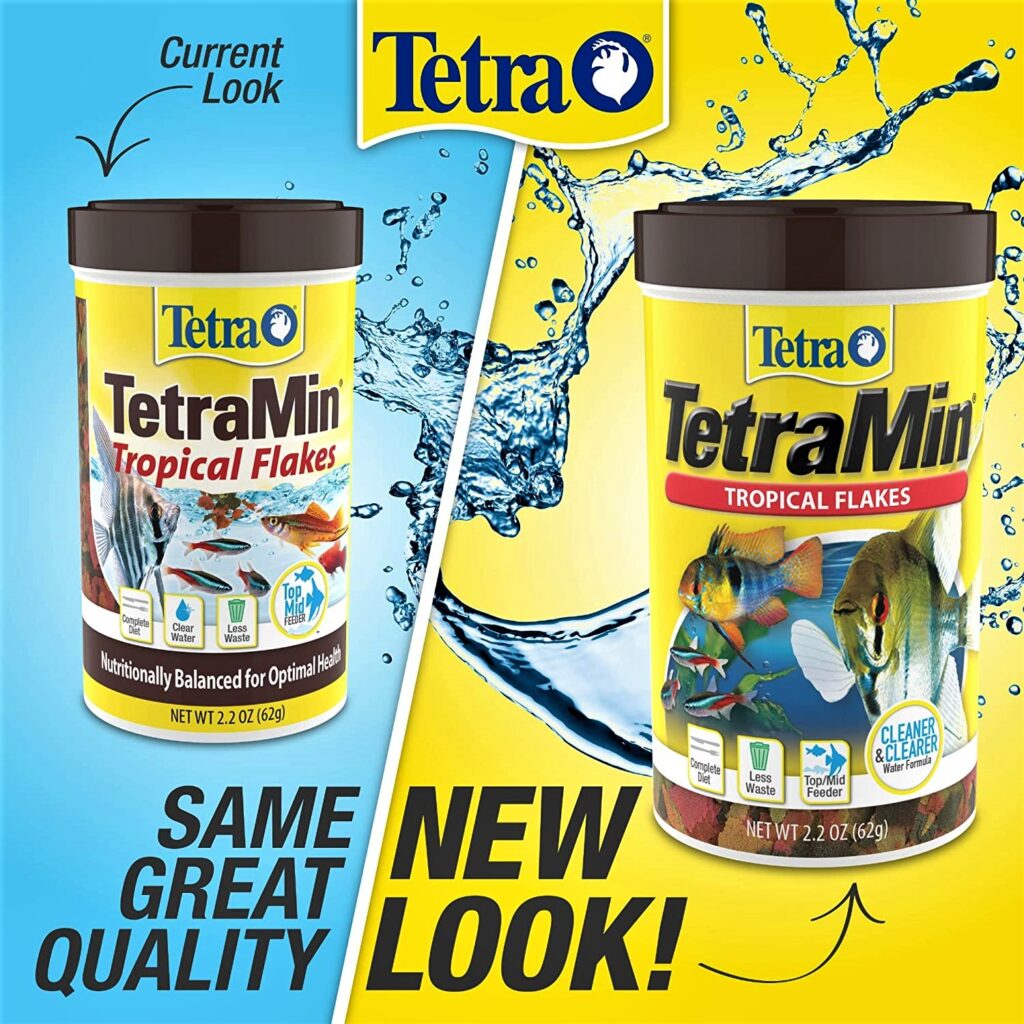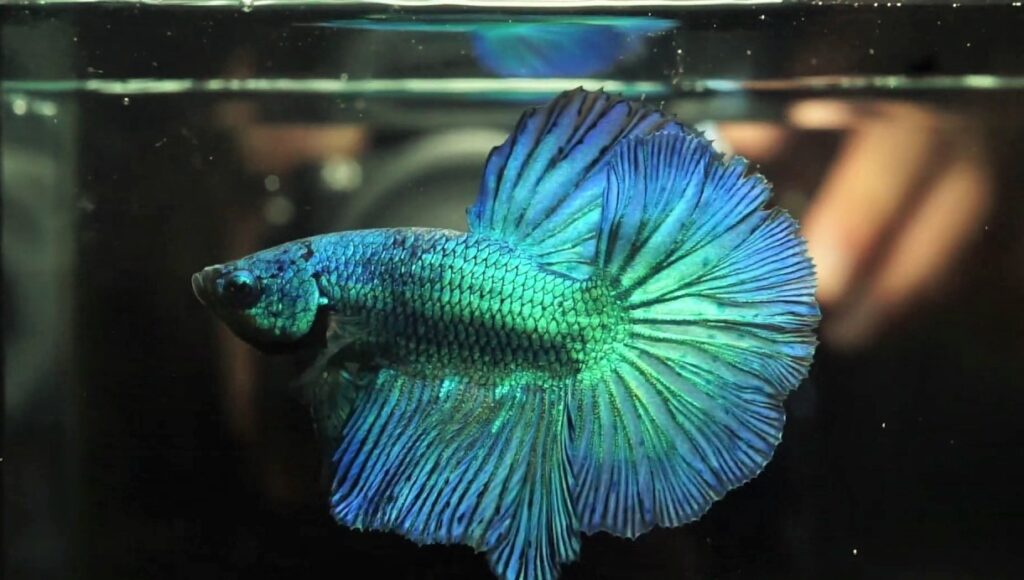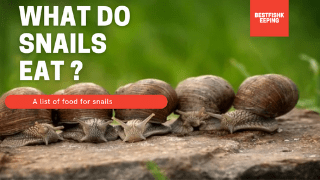When feeding your aquarium fish, feed them only as much as they can eat in a few minutes – a little at a time! Take a small amount of food.
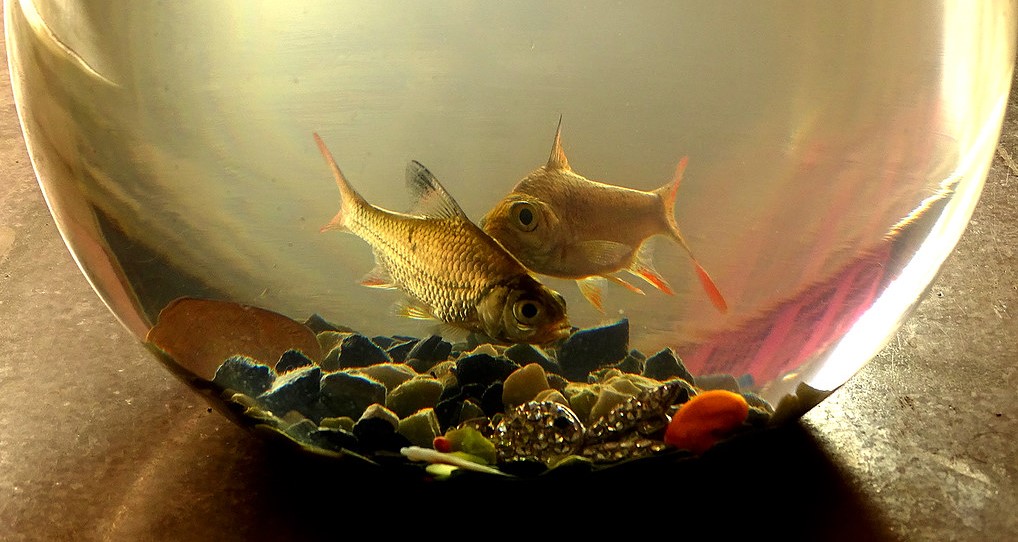
Overfeeding is the main cause of fish loss, and it’s not hard to see why. It’s easy to forget how small our favorite fish really are, and the fact that their appetites don’t match up with ours. In addition, feeding our fish is the primary way of interacting with them. They certainly expect at least a small amount of food every time we approach their aquarium. It’s important to remember that overfeeding your fish can have serious consequences.
Contrary to popular belief, most fish that die from overeating do not actually suffer from any gastrointestinal problems. In fact, the main problem is not related to the actual overeating of food. Rather, problems arise when excess food is not eaten and accumulates as waste in the aquarium.
Decomposed food products can be extremely toxic to fish and can also indirectly affect the aquarium environment. Common signs of overfeeding are easily seen in any aquarium; Cloudy water, algae growth, mold/mildew, and clogged filters are some of the most obvious indicators.
If you are a new fish owner who has noticed any of the above signs in your tank. There are a few simple steps you can take to make sure your fish is getting adequate and safe food.
Making a Feeding Schedule is a Good First Step
Fish owners who only feed their pets every other day are often surprised. When signs of overfeeding appear in their tank; in fact, it is one of the most common ways of overfeeding.
Ideally, schedules that include several small feeds will keep your fish healthy. Always make sure the whole family knows the feeding schedule so that the fish are not accidentally fed by other family members.
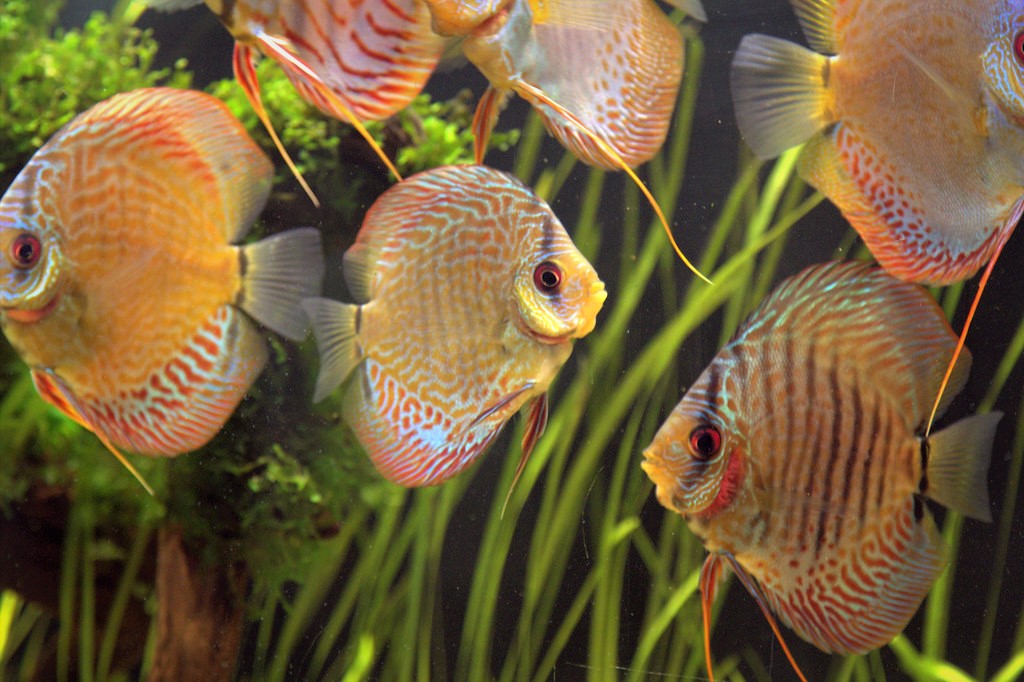
Next, it is important to make sure you are feeding the correct amount during these meals. This will largely depend on the specific needs of your fish. The best way to determine the right food sizes is to carefully follow your fish’s eating habits. Start by feeding very small portions (only three or four flakes per fish).
Related: What Do Snails Eat In An Aquarium?
If This Amount is Consumed Within a Few Minutes, You Can Add More And Watch Again
In general, any food that has not been eaten within five minutes will not be eaten at all. One of the most common feeding mistakes is feeding the aquarium, not the fish. That is, people tend to feed more if the tank is large, regardless of the actual number of fish inhabiting it. Make sure you take this into account when feeding your fish.
The quality of the food you choose is also important. Food that is of poor quality, stale, or simply not suitable for a particular fish is more likely to remain undernourished and may cause some of the problems described above. Different types of fish have different requirements and preferences (for example, whether their food is in flakes or pellets, floats or sinks). Therefore, it is important to learn as much as possible about the dietary needs of the various fish species in your aquarium.
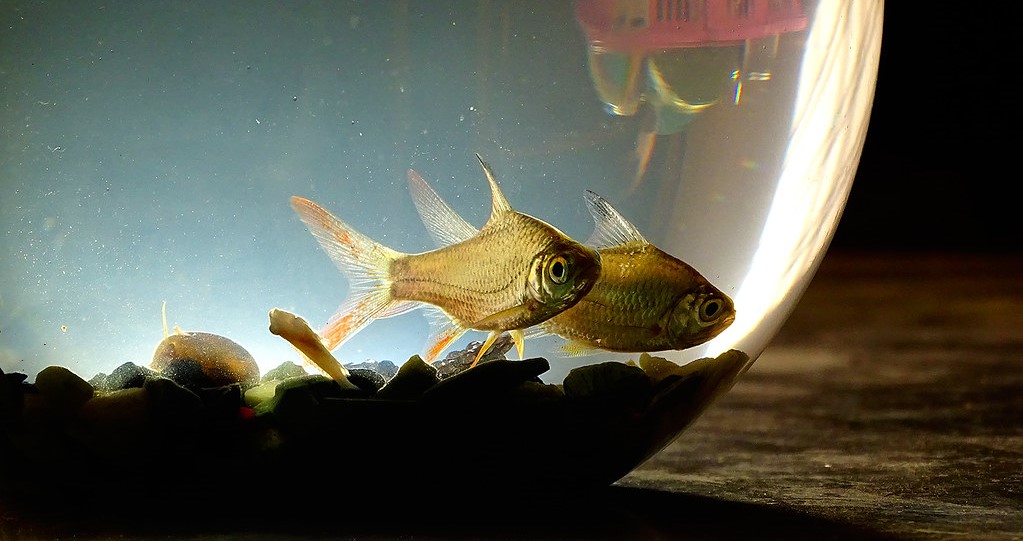
Finally, since mistakes do happen, it is always a good idea to practice methods of disposing of excess food waste. This includes having a good quality filter, but can also include regular pumping out or using a mesh to clean the bottom of the tank. The inclusion of scavenger fish in the aquarium can also help clean up any food that gets into inaccessible areas of the aquarium.
Perhaps the saddest part of losing fish through overfeeding is that it can be prevented. As easy as it is to overfeed our fish, it’s also easy to avoid. By being observant, educated and a little careful, you can rest assured that your fish will always be happy and healthy, not hungry.
